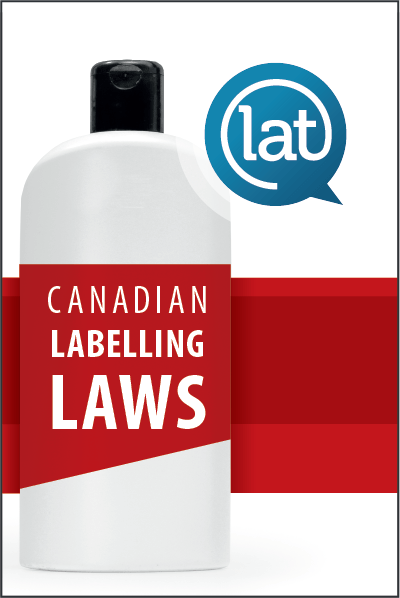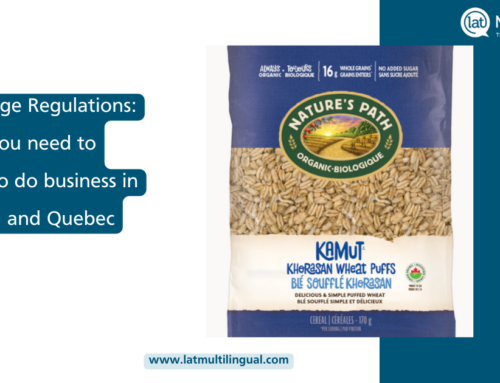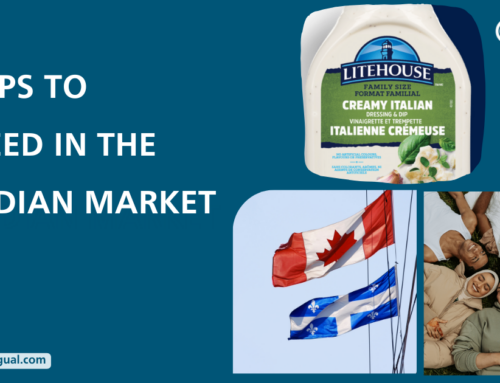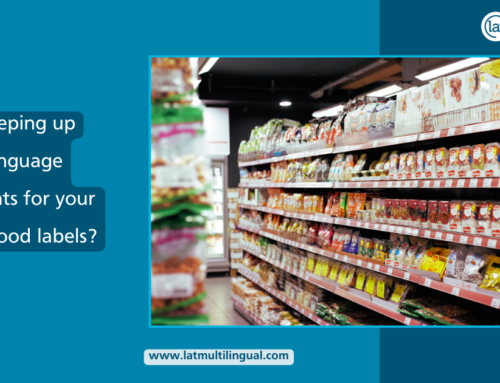Researching English-French Canadian labelling laws may not be the most exciting reading in the world, but if you are planning on selling products in Canada, it is important to understand and apply the language regulations. Luckily for you, I have saved you the trouble of looking into them yourself. The following information is from the Consumer Packaging and Labelling Act and Regulations (managed by the Competition Bureau), the Guide to Food Labelling and Advertising (managed by the Canadian Food Inspection Agency), and the Charter of the French Languages (managed by the Office de la langue française). Here are the key points you need to know:
1) The Must-Haves
For non-food products:
- Product Identity
- Product Net Quantity
- Dealer’s Name and Principal Place of Business
For food products:
- Common name
- Net quantity declaration
- Dealer name and address
- List of ingredients (including food allergens)
- Nutrition Facts table
- Durable life date
2) Bilingual Packaging Requirements
All mandatory information must be in both official languages of Canada: English & French.
- Numbers are considered bilingual
- Measurements must use the metric system
There are a few cases in which you do not need bilingual labelling:
- The identity and principal place of business can be in either English or French
- Shipping containers that are not sold to consumers
- Local products (sold in a local area in which English or French is the mother tongue for less than 10% of the residents)
- Official test market products (temporary exemption)
- Specialty foods
- Products in which knowledge of the language is essential to its use (for example: books or greeting cards) can appear in the appropriate language (Non-food products only)
- Information outside of the must-haves (for example: slogans or directions) does not have to be bilingual. That being said, it is strongly encouraged to include bilingual translations for this information as well!
3) Québec
Québec has additional French language requirements for products sold in their jurisdiction:
- Every “inscription” on a product, its packaging, container, leaflet, brochure, or card supplied must be in French
- French can be prominent, but is not necessary. As long as it’s displayed equally as prominently as every other language (including English). You can find the Charter of the French Language (English version) here.
- Toys or games that require the use of non-French vocabulary for their use are forbidden unless there is an equivalent French product available on the Quebec market (Charter of the French Language, Section 54)
Learn more by reading the Consumer Packaging and Labelling Act and the Guide to Food Labelling and Advertising yourself!
Download our free resource – Canadian Labelling Laws:














